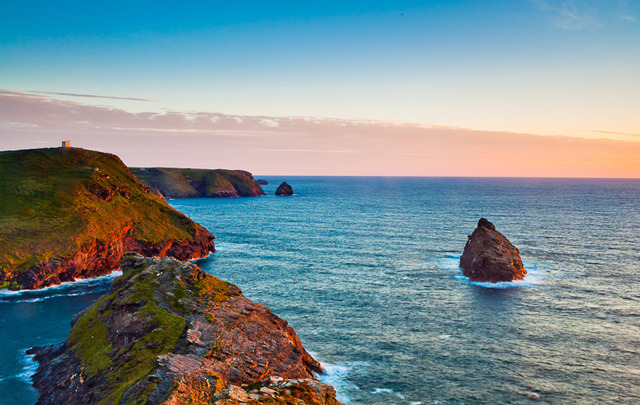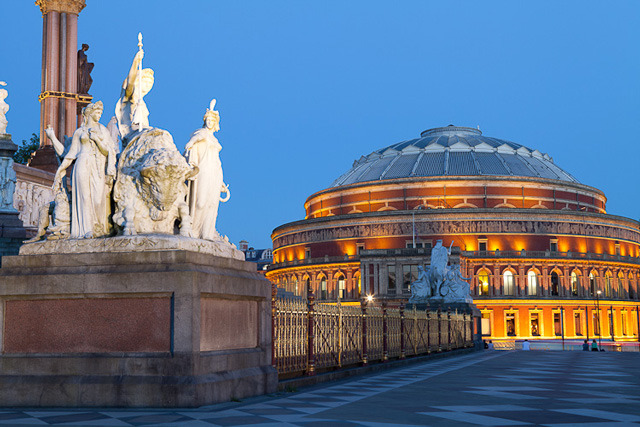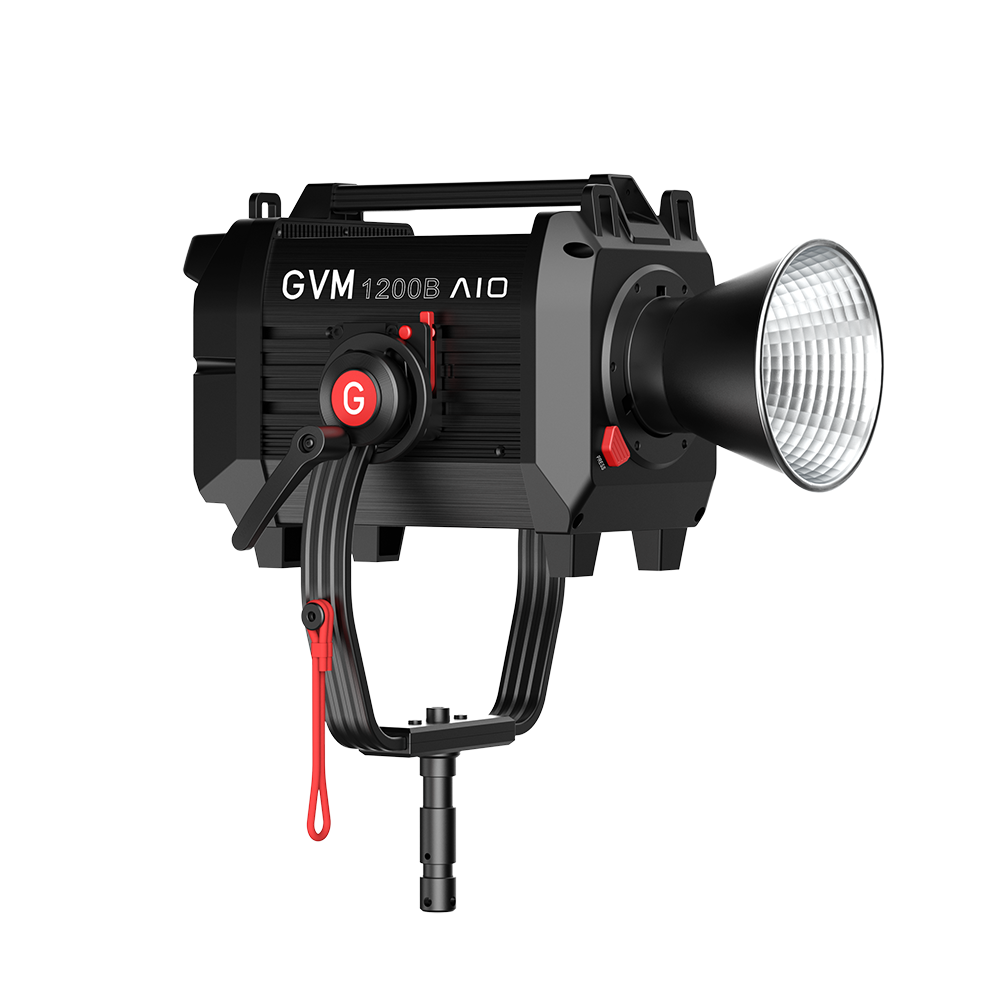These eight tips will help you improve your photography
Just like any other profession or skill, photography needs constant improvement, and as long as there is room for improvement, we should strive for even a 1% improvement. Whether we consider ourselves professional photographers or amateur photographers, we should keep in mind the saying “climb the mountain without limits to learning”. However, we often face the dilemma that after years of shooting, we often get stuck in a pattern and fall into our “comfort zone” where we no longer want to change or find room for improvement. So, how can we take our photography to the next level? Here are eight ways to help you hone your photography skills.

1、Shoot only with a prime lens
It has to be said that the advent of the zoom lens has greatly facilitated our work, and by allowing us to move freely between different focus segments, going out and shooting is no longer a manual labor that requires carrying around a large number of lenses. Although more and more people are buying zoom lenses because of this obvious advantage, the traditional prime lens still has its own unique advantages. One is that it can make us more diligent, or force us to step into the subject to take a closer look, or move back and forth to find the best Angle. So, the next time you go out to shoot, we suggest you carry only one prime lens and try to slow down in this fickle society and try a “slow down” style of photography to take a closer look at yourself and your work.

2、Shoot in the worst possible conditions
This is a bit of an oxymoron, after all, as photographers we should shoot in the best possible conditions, especially light conditions. But when it comes to honing your photography skills, shooting under the worst conditions is a great way to do it. It not only helps us train our ability to deal with different conditions, but also helps us to open our minds and show more creativity. You know, for professional photography, not every shot conditions can be perfect. For example, if landscape photography is your thing, you can try to shoot in overcast or cloudy conditions.

3, the memory card only leaves a small amount of space
One of the great advantages of the age of digital photography is that we no longer have to worry about wasting film, and often we have enough space on our memory cards to shoot for a full day or more, regardless of how many times we press the shutter. However, this convenience can also be an excuse for laziness, and pressing the shutter is no longer an action to be treated with caution. If you could only take 24 photos a day, would you be so quick to snap the shutter? Taking a specific number of photos with limited storage space forces us to think hard about the composition, lighting, and focus of each image. Of course, perhaps a more rigorous training is to shoot on film, so we can’t even get extra shots by deleting them.

4、Shoot “Proposition Composition”
It’s important to know that taking photos for your own interests is a very different matter than taking photos of a specific subject commissioned by a client. Therefore, inviting others to assign tasks to us is a good way to improve our photography skills. Not only does this approach require us to be able to read the client’s mind, but it also requires us to perfectly complete all the items on the client’s shooting list. We can do this training by asking family or friends to assign tasks as if they were real work, remembering that they are clients and there is no need for them to praise your work.

5、Try film photography
In most cases, film photography is a form of photography in which the results cannot be seen immediately after the shutter is pressed. So how do we know if our work is good or bad? The answer is that we will only know once we have printed the photos. There’s no doubt that the advent of digital photography has lowered the barrier to entry and made it easier to take pictures, but if you really want to test whether you’re a qualified photographer, shooting on film is the ultimate test. In addition to the limited number of shots mentioned above, we have to rely more on our intuition, eyes, skills and techniques to get better shots because we can’t preview the results directly.

6、Limited time shooting
Another great way to increase your efficiency is to limit your shooting time. Meeting deadlines will help you manage your time more efficiently and become more organized. To do this, you first need to develop a subject (such as a specific market within an hour), and with training, your speed and quality will greatly improve.

7、Try new things
If you’re already a more experienced photographer, you may find yourself in a phase where your photos start to look the same, or “the bottleneck”. It’s probably a good time to remind yourself that instead of doing the same thing every day, try something completely different. If you’re a wedding photographer, try to shoot landscapes; If you’re a street photographer, try shooting sports. Not only will you learn more about new skills this way, but you may also find new things to enjoy.

8, give up the late return to the original
There is no doubt that postproduction has become an essential part of a complete photographic workflow in the digital age. At least to the picture for cutting, correction, more may need to each part of the picture for individual retouching and color correction. However, if you are serious about improving your photography skills, I would suggest that you need to learn to “take” a good photo rather than “create” one. In fact, a good photo requires almost no post-processing. So why not try shooting your own work without postproduction at all? This will test whether you are a qualified photographer.


